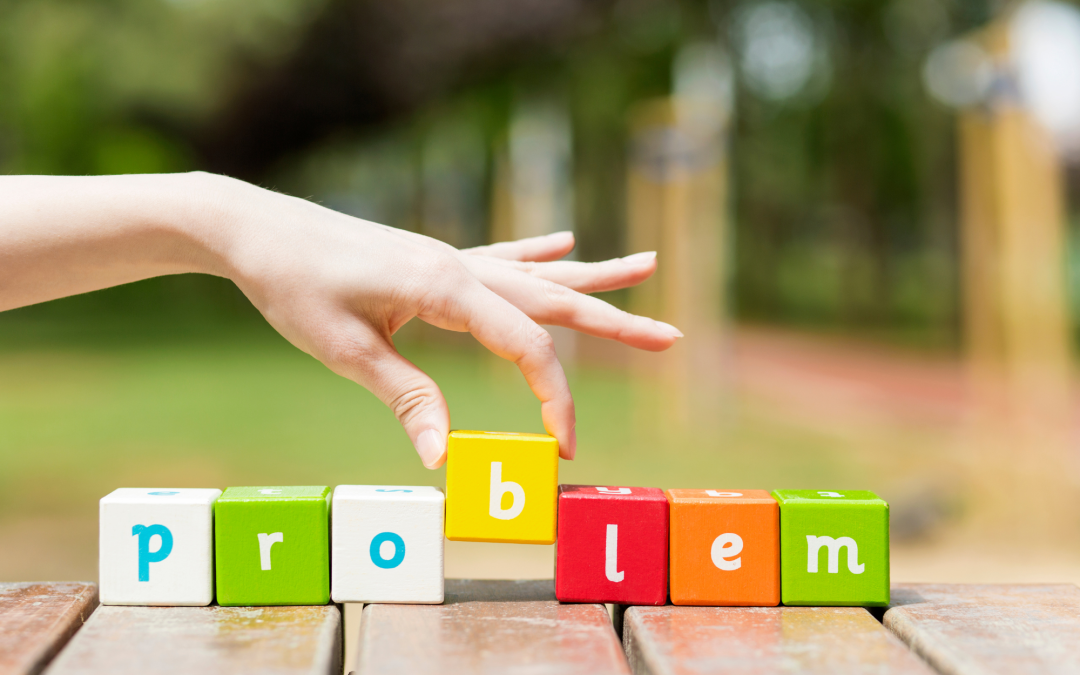When I was an elementary student, story problems were my nemesis. Many tears were shed in 4th grade because I couldn’t do them! So I understand the frustration that can come with helping your student complete this type of task!
To begin work on a story problem, students should not start with a math skill….they should begin by using their READING COMPREHENSION skills. If you are helping your child, make sure they understand what the problem is saying and what the problem is asking them to do. This may require using reading skills such as retelling, visualizing, making connections, or using their prior knowledge.
Once your child understands what the problem is saying, and what they are being asked to figure out, then you can proceed with doing the math. Below you will find some strategies and links to help you along the way. I wish I had known these strategies when I was in 4th grade!!!!
BASIC STEPS:
- Read the problem until you understand it.
- Identify the problem or question
- Use a highlighter to determine which information will be needed to solve the problem. Beware!!! Sometimes there will be too much information. Don’t automatically use all the numbers!
Focus on key words or phrases and the numbers needed to solve the problem. Using a highlighter will help your student focus on the important information.
- Solve the problem
- Ask yourself, “Does the answer make sense?” Reread the word problem to determine this
- If the answer doesn’t make sense, try different ways to solve the problem until you get an answer that does make sense
14 Effective Ways to Help Your Students Conquer Math Word Problems
Key Words Used in Math Word Problems An excellent chart of key words!
Use the CUBES Method
C – Circle the numbers/number words
U – Underline the question
B – Box the key words
E – Eliminate the extra information OR Evaluate what steps you need to take
S – Solve & Check
CUBES- Math Strategy YouTube tutorial
CUBES Math Strategy Website with FREE worksheet to print out
STRATEGIES:
After this list of strategies there are links to websites that explain and give examples of some of these strategies. There is a bit of reading involved, but it will be worth your time when you find strategies that work for your student!
- Guess & Check
When using this strategy it’s very important to keep track of what you have tried, but didn’t work. That way you won’t waste time by repeating something you’ve already done!
- Look For A Pattern
Use this strategy when given a set of data or when you need to make a table. The “trick” is to find the rule for the pattern. It is helpful to organize the information in a chart or a table.
- Act It Out/Use Objects
- Draw Pictures
- Make a Table/Chart/Graph
- Make an Organized List
- Work Backwards Logical Reasoning
- Write a Number Sentence

